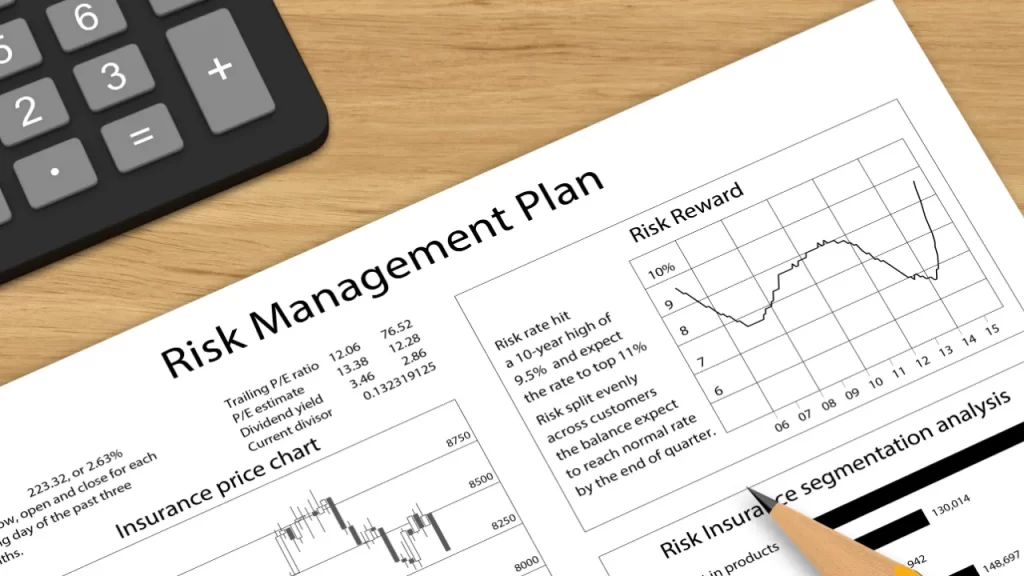A CFD trading plan is essential for success in the highly volatile world of contract-for-difference (CFD) trading. Without a structured approach, traders risk making impulsive decisions that lead to unnecessary losses.
A well-crafted plan provides a clear roadmap for executing trades, managing risks, and optimizing profitability.
In this guide, we will break down the key components of a winning CFD trading plan and how you can create one that aligns with your trading goals.

Define Your Trading Goals
Before entering the market, you need to have a clear vision of what you want to achieve. Are you trading for short-term profits, building a long-term portfolio, or using CFDs to hedge other investments?
How to Set Effective Trading Goals:
- Be specific (e.g., “I want to achieve a 10% monthly return”).
- Set realistic expectations based on market conditions.
- Determine your risk tolerance how much capital are you willing to lose?
- Establish a timeframe will you trade daily, weekly, or monthly?

Choose Your Trading Style
Your trading plan should match your personality, time availability, and risk tolerance. The most common CFD trading styles include:
- Scalping – Making multiple trades per day to capture small price movements.
- Day Trading – Opening and closing positions within the same trading session.
- Swing Trading – Holding positions for a few days or weeks to capitalize on market swings.
- Position Trading – Taking long-term positions based on fundamental analysis.
How to Choose the Right Style:
- If you prefer quick trades and have time to monitor charts, scalping or day trading may be suitable.
- If you have a day job but still want to trade, swing trading is a better option.
- If you want to hold trades for weeks or months, consider position trading.

Select the Right Markets to Trade
CFDs allow you to trade multiple asset classes, including:




How to Choose the Right Market:
- Pick a market that aligns with your expertise and interest.
- Consider liquidity and volatility volatile markets provide more trading opportunities but carry higher risk.
- Study the trading hours and ensure they fit your schedule.

Develop a Risk Management Strategy
Risk management is crucial to protect your capital and avoid excessive losses. A solid risk management plan includes:
Key Risk Management Rules:





Set Entry and Exit Rules
Having clear entry and exit rules ensures that your trades are based on logic rather than emotions.
How to Identify Entry Points:



How to Set Exit Rules:




Use a Trading Journal
A trading journal helps you track and evaluate your trades, so you can continuously improve.
What to Include in a Trading Journal:
- Trade details (entry/exit points, asset, position size, leverage used).
- Reason for taking the trade (technical/fundamental analysis).
- Outcome (profit or loss).
- Lessons learned from each trade.
By reviewing your journal regularly, you can identify mistakes and refine your strategy.

Keep Up with Market News and Analysis
Fundamental factors such as economic data, central bank policies, and geopolitical events can impact CFD markets. Staying informed allows you to anticipate major price movements and adjust your strategy accordingly.
How to Stay Updated:



Maintain Trading Discipline and Emotional Control
Emotional trading—caused by fear, greed, or frustration—can lead to poor decision-making. Sticking to your trading plan helps maintain discipline.
How to Control Emotions in Trading:




A winning CFD trading plan isn’t about chasing quick profits—it’s about building a disciplined, structured, and risk-aware approach.






